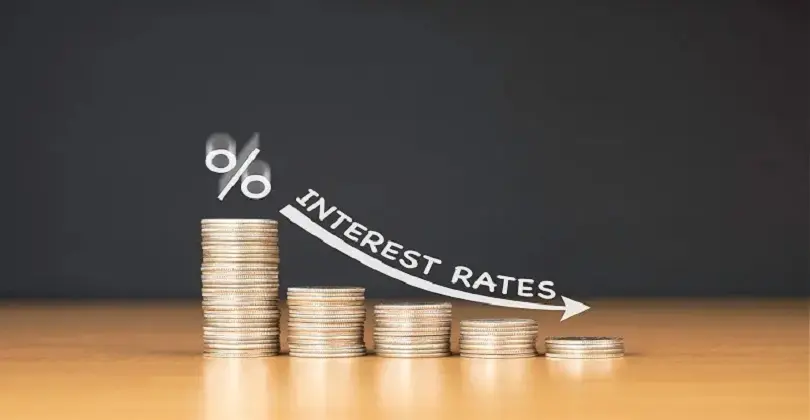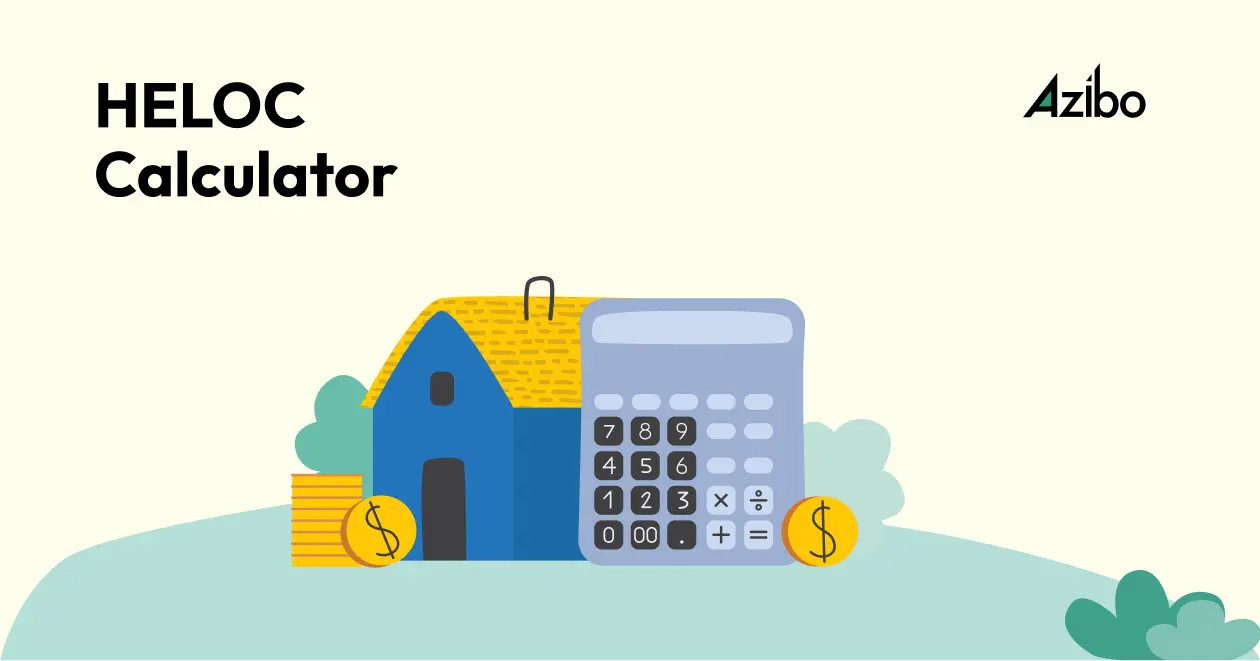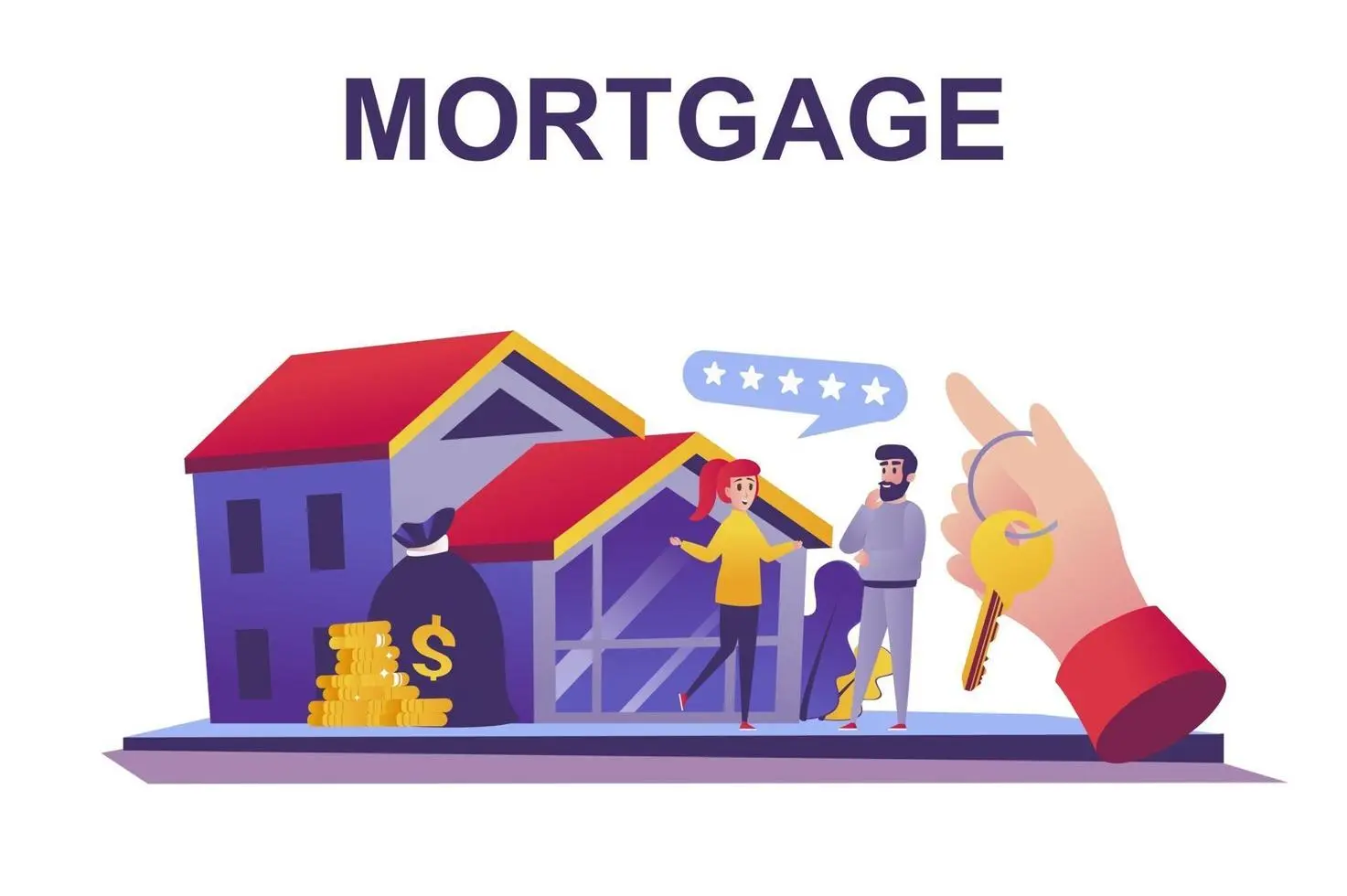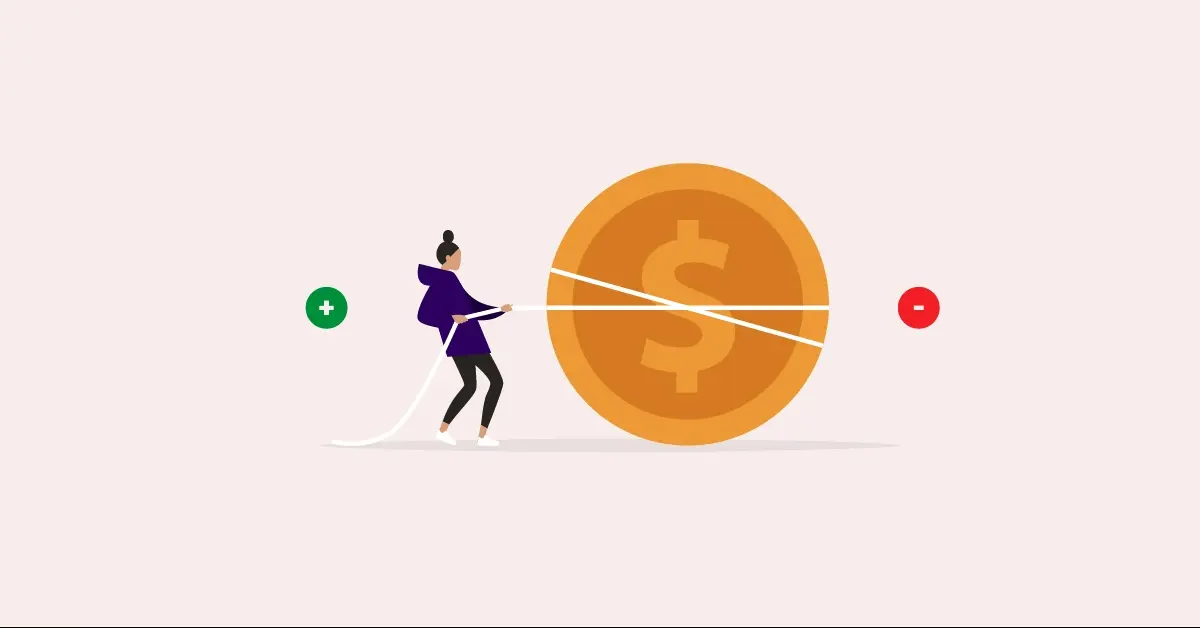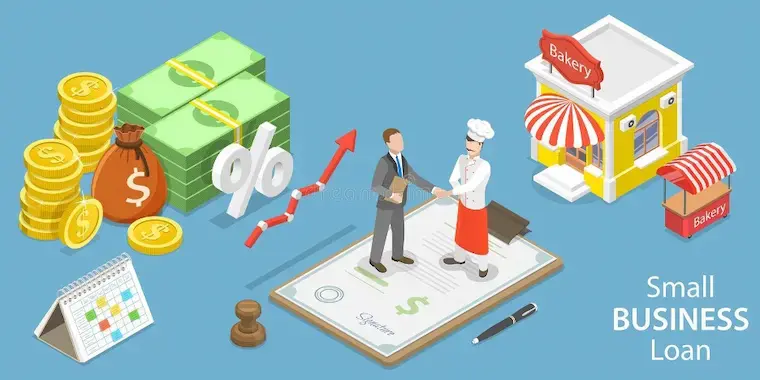
Best Lenders for Low-Interest Small Business Loans
Different lenders provide various financing options, ranging from SBA loans to business lines of credit and equipment financing. Below is a comparison of the top lenders offering competitive rates.
| Lender | Loan Type | Interest Rate | Loan Amount | Repayment Terms | Best For |
|---|---|---|---|---|---|
| Wells Fargo | SBA 7(a) Loans | 5.5% - 9.75% | Up to $5 million | Up to 25 years | Established businesses |
| Live Oak Bank | SBA 504 Loans | 3% - 7% | Up to $5.5 million | Up to 25 years | Real estate, equipment |
| BlueVine | Business Line of Credit | 6% - 18% | Up to $250,000 | 6-12 months | Flexible working capital |
| Fundbox | Short-Term Loans | 10% - 20% | Up to $150,000 | 3 - 12 months | Quick funding needs |
| Lendio | Equipment Financing | 4% - 25% | Up to $5 million | 1 - 10 years | Purchasing machinery |
Key Features of Low-Interest Small Business Loans
1. SBA Loans
The Small Business Administration (SBA) loans offer some of the lowest interest rates available. These loans are government-backed, making them a great choice for businesses that qualify.
2. Business Lines of Credit
A business line of credit provides flexible funding that allows businesses to borrow as needed and only pay interest on what they use. This option is ideal for covering short-term expenses.
3. Equipment Financing
Businesses needing new machinery, vehicles, or technology can benefit from equipment financing, which offers lower interest rates due to the asset serving as collateral.
4. Term Loans
Traditional term loans provide lump-sum funding with fixed repayment terms, typically at lower interest rates for businesses with strong credit.
How to Qualify for a Low-Interest Small Business Loan
Lenders evaluate several factors to determine loan eligibility and interest rates.
1. Credit Score Requirements
A higher credit score can significantly improve the chances of securing lower rates.
- 700+: Best rates available
- 650-699: Good, but may have slightly higher rates
- 600-649: Limited options with moderate interest rates
- Below 600: Alternative financing or secured loans may be needed
2. Business Revenue and Profitability
Lenders typically require a minimum annual revenue of $50,000 - $100,000 for small loans and $250,000+ for larger loans.
3. Business Age
Most lenders prefer businesses that have been operating for at least two years, though some options exist for startups with strong financial projections.
Steps to Apply for a Low-Interest Business Loan
1. Determine Your Loan Needs
Decide how much funding is required and for what purpose, such as working capital, expansion, or equipment purchases.
2. Compare Lenders and Interest Rates
Use the table above to evaluate the best lenders and loan types for your business.
3. Gather Required Documents
Most lenders require:
- Business tax returns (last two years)
- Profit and loss statements
- Bank statements
- Business plan (for larger loan amounts)
4. Apply Online
Many lenders offer online applications that take minutes to complete. Be ready to provide financial details and business information.
5. Review Loan Terms and Accept the Offer
Once approved, carefully review the interest rate, repayment schedule, and any fees before accepting the loan.
Tips for Getting the Lowest Interest Rate
1. Improve Your Credit Score
Pay down existing debt and make on-time payments to boost your credit score before applying.
2. Consider SBA Loans
SBA-backed loans typically offer the lowest interest rates, but they require a longer approval process.
3. Provide Collateral
Secured loans, such as equipment financing, often have lower interest rates since they are backed by assets.
4. Compare Multiple Offers
Different lenders offer different rates, so shopping around and negotiating can lead to better loan terms.
Conclusion
Finding the best low-interest small business loans in 2025 requires careful comparison of loan types, interest rates, and lender requirements. Whether you need a business line of credit, SBA loan, or equipment financing, researching the right lender can save you money and provide the financial support your business needs.

